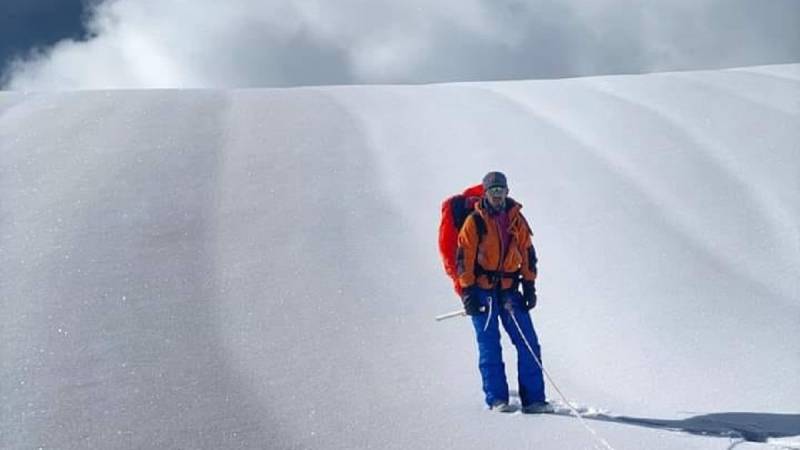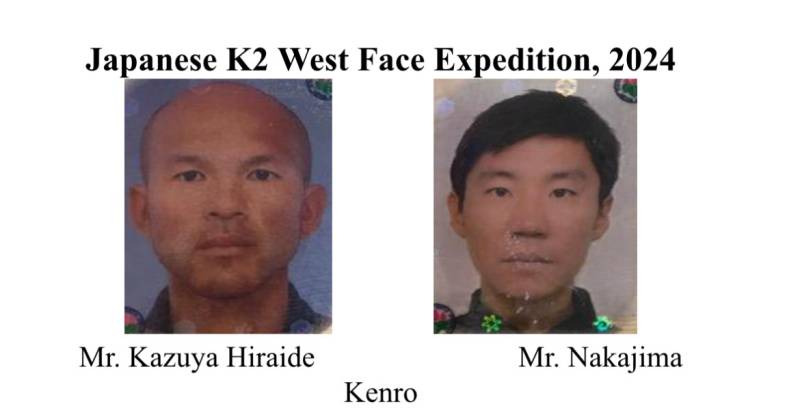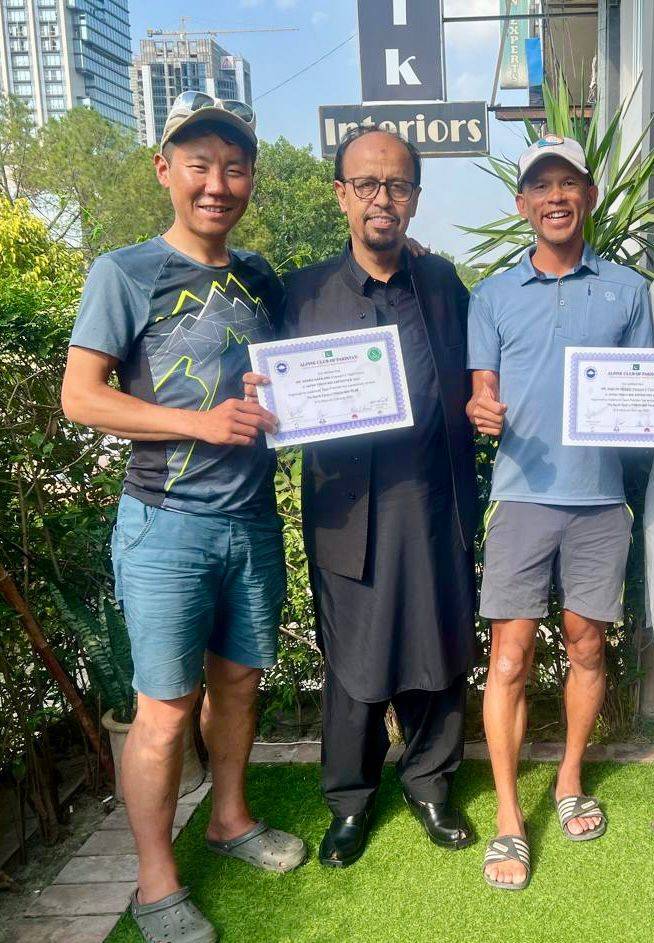
In a tragic turn of events, two Japanese climbers met with a fatal accident during their expedition to scale K2, the world's second-tallest mountain.
Japanese climbers Kazuo Hirade and Kenro Nakajima, both seasoned climbers, were undertaking an ambitious alpine-style climb on the west face of K2.
On Saturday morning, at around 8 AM, the two climbers fell from Camp 2, one of the crucial high-altitude camps on K2. The tour company organising their expedition, ATP, swiftly launched a rescue operation using a helicopter. Despite the urgency and extensive efforts, the mission was ultimately unsuccessful. During a close inspection of the terrain from the helicopter, rescue teams spotted the bodies of the two climbers. Unfortunately, the rescue crews did not detect any signs of movement from either climber, leading to the helicopter's return without recovery of the bodies.
High-altitude rescue operations on K2 are notoriously challenging due to the mountain's height, extreme conditions, and technical difficulties. Expert rescuers and climbers have stated that conducting a rescue operation on the west face of K2 at such high altitudes is nearly impossible, adding to the dangerous nature of the mission.

Alpine Club of Pakistan Secretary Karrar Haidri, in a message, said the two Japanese mountaineers were renowned alpinists. He added that they were attempting to take on the challenge of scaling the west face of K2, likely using an alpine-style approach. This method, characterised by the minimal use of fixed ropes and support, emphasises speed and efficiency and is known for its high level of difficulty and risk.
Haidri said Hiraide was not just a seasoned climber but was highly skilled, having won three Piolets d'Or awards, the most prestigious accolade in the field of alpinism. The first award was with his late partner Kei Taniguchi, and the subsequent two were with Kenro Nakajima for their remarkable climbs on Karun Koh in 2022 and Tirich Mir (Pakistan) in 2023. These expeditions were recognised as some of the best of the year, highlighting the duo's exceptional skills and determination. Hiraide stated that these climbs were part of a process of learning and preparation for the ultimate challenge of the west face of K2.

Earlier, in 2017, Hiraide and Nakajima scaled an impressive new route on the northwest face of Sispare as part of their long preparation for the west face of K2.
The climbing community was mourning the loss of the two skilled climbers, highlighting the inherent risks associated with high-altitude mountaineering. The tragic incident serves as a stark reminder of the dangers that come with the pursuit of conquering the world's most formidable peaks.
Deadly season
While fatal accidents involving mountaineers on high peaks in Pakistan are common, with K2 earning the moniker "Savage Mountain" and another eight thousand-metre peak, Nanga Parbat, earning the nickname "Killer Mountain," this year has seen several incidents involving Japanese climbers.
Earlier in the climbing season, Japanese climbers Ryuseki Hiraoka and Atsushi Taguchi went missing and were later declared dead while attempting to climb the 7,027-meter (23,054-foot) Spantik peak in the Karakoram range in Nagar District of Gilgit-Baltistan.
A month later, on July 7, 64-year-old Onishi Hiroshi died when he fell into a crevasse while descending from the same mountain.
With the latest Japanese casualties on K2, the number of Japanese climbers killed during the season has risen to five.
The season has also seen the death of a Brazilian paraglider Rodrigo Chaddad Raineri who took off from Askoli village.

